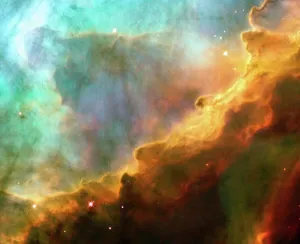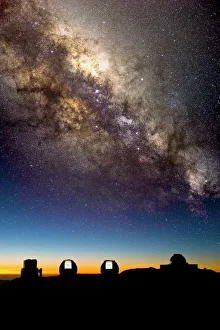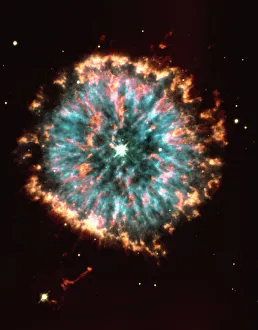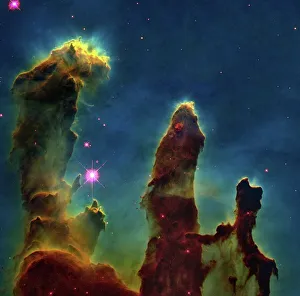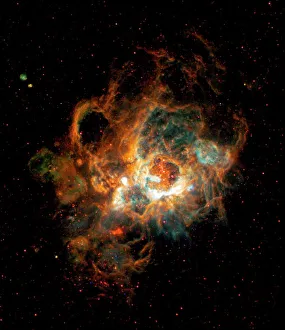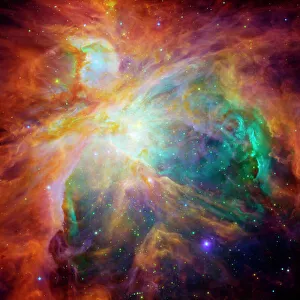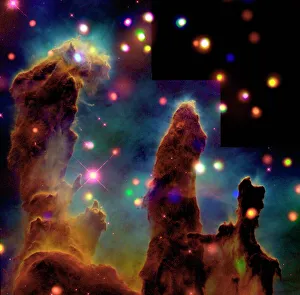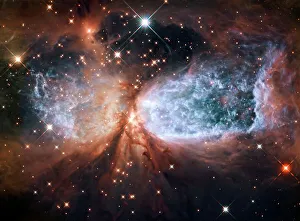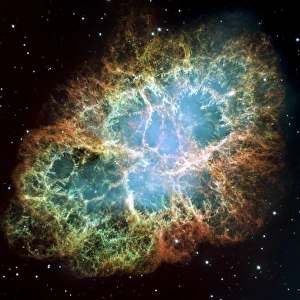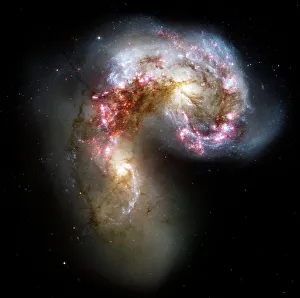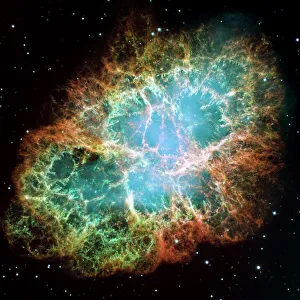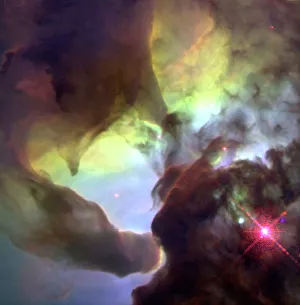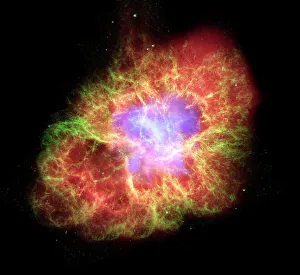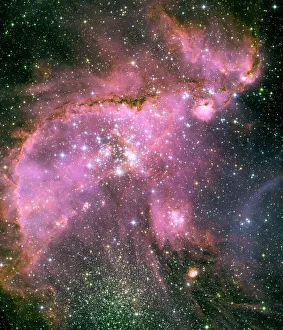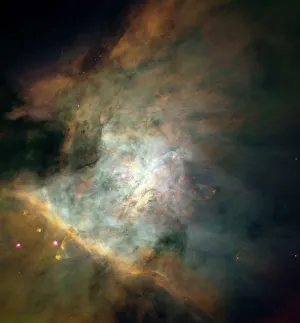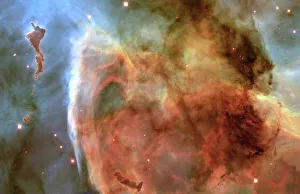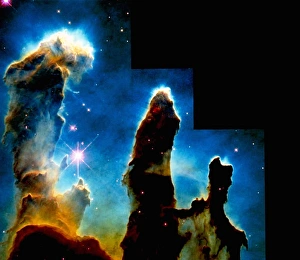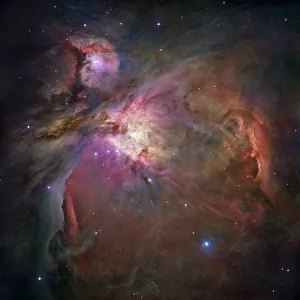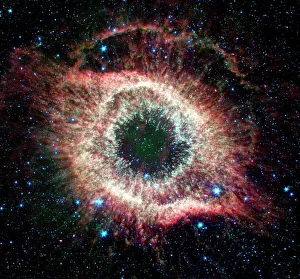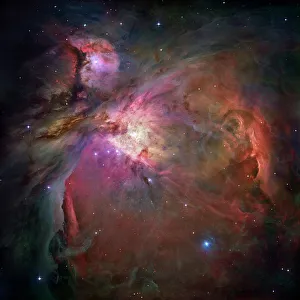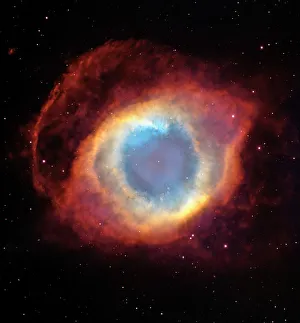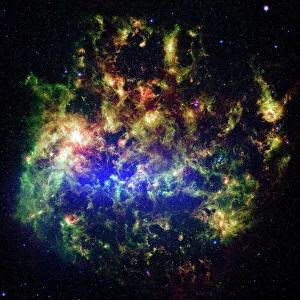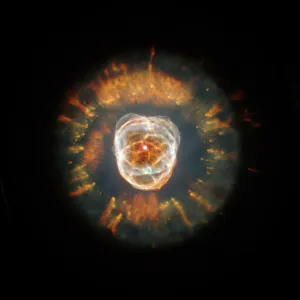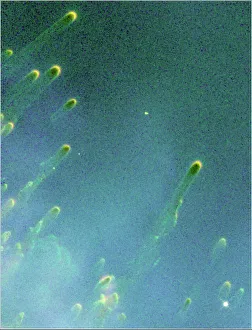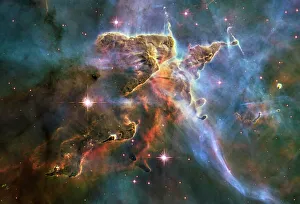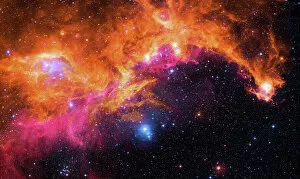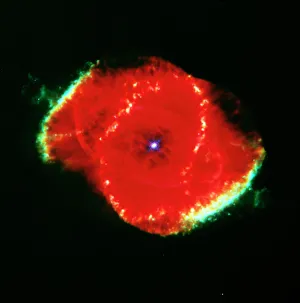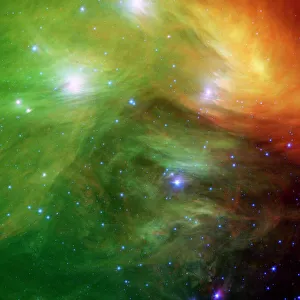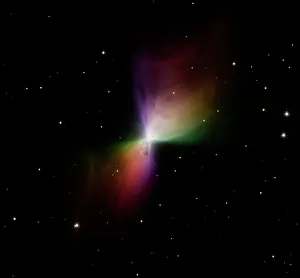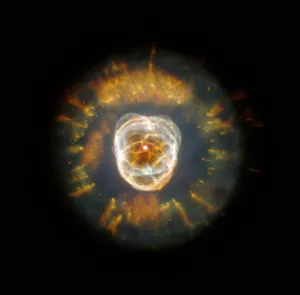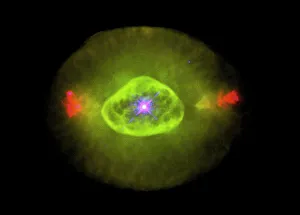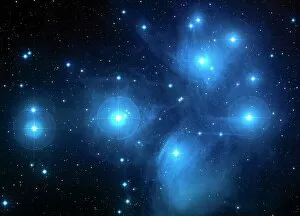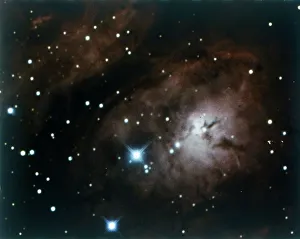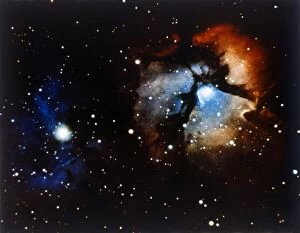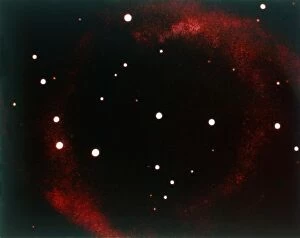Nebulas Collection
Nebulas is a that studies the formation, evolution, and composition of stars, galaxies, and other cosmic objects
Choose a picture from our Nebulas Collection for your Wall Art and Photo Gifts
119 items
All Professionally Made to Order for Quick Shipping
-
Nebulas Collection
Nebulas is a that studies the formation, evolution, and composition of stars, galaxies, and other cosmic objects. It uses a variety of tools such as telescopes, satellites, spacecrafts and computer simulations to observe the universe. It also explores how stars form from clouds of gas and dust in interstellar space. In addition to this research, it also looks at how galaxies interact with each other through gravitational forces. The study of nebulae helps scientists understand the origin and evolution of our universe as well as its current state. By studying these phenomena in detail we can gain insight into the past events that shaped our universe today.
+
Our beautiful pictures are available as Framed Prints, Photos, Wall Art and Photo Gifts
The Nebulas collection from Media Storehouse is a stunning assortment of wall art and framed prints that showcase the beauty and mystery of space exploration science. Our collection features breathtaking images of colorful nebulas, star clusters, galaxies, and other celestial bodies captured by NASA's Hubble Space Telescope and other observatories. Each print is produced using high-quality printing techniques to ensure that every detail is vividly displayed on premium paper or canvas. Whether you're an astronomy enthusiast or simply appreciate the awe-inspiring wonders of our universe, the Nebulas collection offers something for everyone. From close-up views of swirling gas clouds to panoramic shots of distant galaxies, these prints are sure to spark your imagination and inspire wonder about what lies beyond our world. With a range of sizes and framing options available, it's easy to find the perfect piece for your home or office decor. Whether you choose a single print or create a gallery wall with multiple pieces from the Nebulas collection, you'll be able to enjoy these stunning images for years to come.
+
What are Nebulas (Space Exploration Science) art prints?
Nebulas art prints are high-quality reproductions of stunning images captured by NASA and other space exploration organizations. These prints showcase the beauty and complexity of nebulas, which are clouds of gas and dust in space that can range from small to massive in size. Nebulas come in a variety of shapes, colors, and textures, making them fascinating subjects for artists and photographers alike. Some popular types include planetary nebulas, supernova remnants, emission nebulae, reflection nebulae, and dark nebulae. We offer a wide selection of Nebulas art prints that are perfect for anyone interested in astronomy or looking to add some cosmic flair to their home or office decor. Whether you prefer vibrant hues or moody monochromatic tones, there is sure to be a print that catches your eye. With so many options available at Media Storehouse, it's easy to find the perfect piece to suit your style and budget.
+
What Nebulas (Space Exploration Science) art prints can I buy from Media Storehouse?
We offer a wide range of Nebulas art prints for space exploration enthusiasts. You can choose from stunning images of the Orion Nebula, Carina Nebula, and Eagle Nebula to name just a few. These beautiful prints capture the awe-inspiring beauty of these celestial objects in incredible detail. Whether you are looking for vibrant colors or striking black and white images, we have something to suit your taste. The collection includes both photographs and artistic renderings of nebulas that will add an eye-catching touch to any room. Each print is produced using high-quality materials to ensure longevity and durability. You can select from various sizes depending on your preference, making it easy to find the perfect fit for your space. Our selection of Nebulas art prints is sure to impress anyone with an interest in space exploration science.
+
How do I buy Nebulas (Space Exploration Science) art prints?
To purchase Nebulas art prints from Media Storehouse, you can browse our online collection of artwork and select the pieces that catch your eye. Once you have chosen the prints you want to buy, simply add them to your cart and proceed to checkout. At this point, you will be prompted to enter your payment information and shipping address. We offer a wide variety of payment options, including credit card and PayPal. They also ship worldwide, so no matter where you are located, you can enjoy these stunning works of art in your home or office. Whether you are an avid space enthusiast or just appreciate beautiful artwork, Nebulas art prints make a great addition to any collection. With our easy-to-use website and secure checkout process, buying these prints has never been easier.
+
How much do Nebulas (Space Exploration Science) art prints cost?
We offer a range of Nebulas art prints that are available for purchase. The cost of these prints varies depending on the size and type of print you choose. We have a variety of options including canvas, framed, and poster prints to suit your preferences. Our Nebula art prints are high-quality reproductions of stunning images captured by NASA's space exploration missions. These artworks showcase the beauty and mystery of our universe in vivid detail, making them perfect for any space enthusiast or lover of science. Whether you're looking to decorate your home or office with awe-inspiring images from outer space, our selection has something for everyone. So if you're interested in purchasing one of our Nebula art prints, please visit our website to browse our collection and find the perfect piece for you.
+
How will my Nebulas (Space Exploration Science) art prints be delivered to me?
We take great care in ensuring that your Nebulas art prints are delivered to you in the best possible condition. We use high-quality packaging materials and reliable shipping partners to ensure that your order arrives safely and on time. Your Nebulas art prints will be carefully rolled and placed into a sturdy cardboard tube for protection during transit. The tube will then be sealed with tape to prevent any damage or moisture from entering. Once your order has been dispatched, you will receive an email notification with tracking information so that you can keep track of its progress until it reaches your doorstep. We understand how important it is for our customers to receive their orders promptly and in perfect condition, which is why we go above and beyond to ensure a smooth delivery process.

